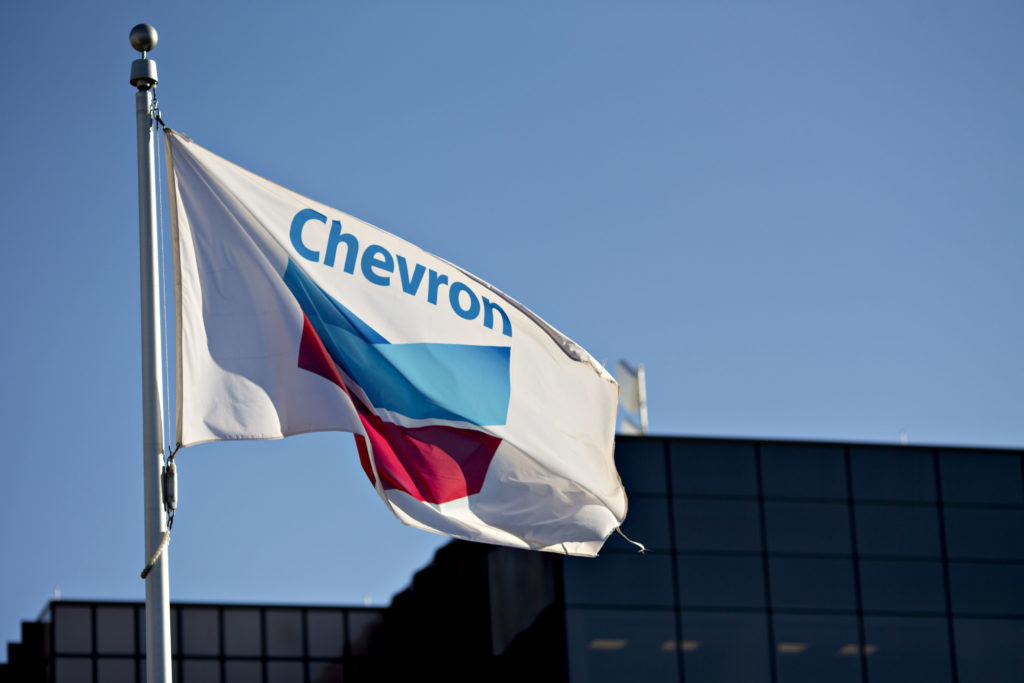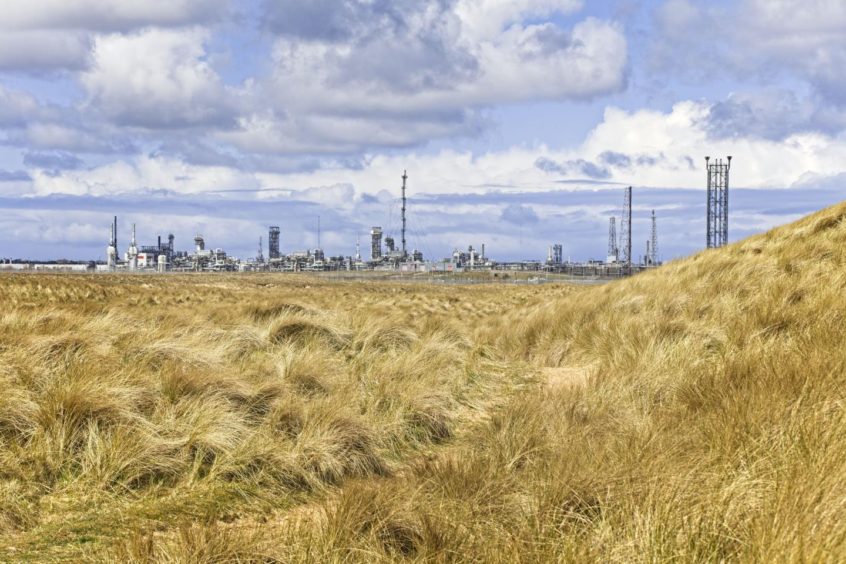
Arguably, much of the animosity directed towards carbon capture and storage (CCS) in recent times has seemed more than a tad harsh.
The Climate Change Committee has said the development of the technology is “essential” to reducing greenhouse gas emissions.
It provides a means for decarbonising particularly hard to abate sectors, including concrete and steel production, heavy-duty transport and aviation.
And the UK Government claims it could support as many as 50,000 jobs by the end of the decade.
Then came the reality check that is the Gorgon project.
Chevron’s flagship scheme is designed to catch emissions at the liquefied natural gas field of the same name offshore Australia.
But earlier this year, the US supermajor announced that Gorgon had failed to meet its requirement to capture at least 80% of the emissions generated over the first five years of the project.
Chevron is now working with the regulator in Australia on “making up the shortfall”, with a public report on the issue due to be released later this year.
According to analysts, the study will likely find that Gorgon only bagged about 30% of its target and fines are expected to follow.
It is just the latest in long list of issues with the $3 billion project, which is also backed by Shell and ExxonMobil.
Indeed, one analyst remarked after the latest debacle that in the five and half years Gorgon has been in production “there has not been a single day when all elements of Gorgon’s CO2 injection system have worked at the same time”.
As well as being a long-running headache for Chevron, the issues at the flagship CCS project poses big questions for the future of the technology. If the financial muscle of Chevron, Shell and ExxonMobil can’t perfectly nail CCS, then what hope is there for everyone else?
The development of the technology isn’t aided by the fact there’s still a good deal of scepticism in certain corners towards it.
Some see it as cheating, a way for oil and gas to remain part of the net zero energy mix, and there’s still a lot of work that needs to be done to bring the cost of CCS down.
Meanwhile, a report released by the Tyndall Centre in January said the technology won’t deliver the emissions reductions needed.
Mark Jacobson is a professor of civil and environmental engineering at Stanford University and a senior fellow at the Woods Institute for the Environmental and at the Precourt Institute for Energy.
He has published research into CCS that claims the emissions abating technology can cause more harm than good.
He said: “The Gorgon project, the largest carbon capture project in the world, exemplifies the clear problems with carbon capture.
“Only about 20% of the CO2 emitted during five years has been captured by the equipment, and not even this amount because lots more CO2 was emitted just to run the carbon capture equipment.
“The energy to run the equipment came from a fossil source with no carbon capture. So in reality, the project has emitted more CO2 than captured over five years.
“On top of that, the energy used to run the capture equipment produced air pollution, and mining the fuel for that energy produced air pollution and uncaptured greenhouse gas emissions.”
He added: “In sum, carbon capture always increases air pollution, fossil fuel mining, and fossil fuel infrastructure and may reduce no CO2 compared with using that same money to replace fossil fuels with clean, renewable energy.
“We should, instead, invest solely in clean, renewable energy to eliminate the use of fossil fuels. For cases such as cement and steel production there are already ways to eliminate the non-fossil CO2 emissions, so there is no excuse for using carbon capture for any purpose.”
Nevertheless, there are several CCS projects ongoing in one capacity or another across the globe.
One of the most advanced schemes in the UK is Acorn, based at the St Fergus gas terminal, Aberdeenshire.
Acorn is exploring repurposing existing North Sea oil and gas infrastructure to store emissions in reservoirs below the seabed.
On top of the CCS element, researchers are looking into producing blue hydrogen, which relies on carbon sequestration equipment, at the facility.
If Acorn takes off, it’s hoped it will breathe new life into the nearby town of Peterhead, which has felt the bite of the decline in the UK’s fishing industry.
The question now is do the issues at Gorgon threaten the UK’s fledgling CCS industry. Is it a blip or is there a more intrinsic problem with the technology?
Usefully for the UK, Gorgon acts as a good sighting shot.
Jon Gibbins, director of the UK CCS Research Centre (UKCCSRC), said the “easy fix” to the problem is for the UK to implement clusters with “multiple” carbon sources.
He said: “When, inevitably, some components don’t work, especially at the start, the others are there to back them up.
“At Gorgon, a single source-to-sink project, everything has to work. Add to that the complexity, limitations and time delays imposed by working an important nature reserve, which exists because the area was isolated from normal use by being an oil field, and what fixable teething problems emerge will inevitably take time to sort out to the point where full design performance can be achieved.”
The other “main learning” from Gorgon for the UK is that CCS projects that don’t go well “do get attention and run the risk of losing support and credibility” for the industry as a whole, Gibbins said.
As a result, “proper due diligence is important”.
Gibbins added: “The only guarantee worth having on capture equipment performance is either at least one successful previous full-scale reference plant – as at Gorgon, where established CO2 separation technology for LNG was used with no problems – or, as is the case for most projects in the UK, fully realistic pilot trial lasting at least a year.”
Ironing out the problems and doing so quickly is vital if CCS is to catch the decarbonisation boat.
The urgent need to axe emissions means governments can’t wait too long for the CCS industry to get its house in order.
Westminster has set aside £1 billion to further the development of the technology, with plans to advance and establish two clusters by the mid-2020s.
A dedicated CCS revenue mechanism is also in the pipeline in order to give the private sector the assurances needed to leverage investment.
But if projects are going to convince financiers to part with their cash, Gorgon-esque issues will need to be taken out of the equation.
Stuart Haszeldine, director of Scottish Carbon Capture and Storage (SCCS), said: “The Gorgon project has always been ambitious and complicated as a CCS project and has been underperforming for several years.
“This has resulted in Chevron venting CO2 to atmosphere every year since 2017. Although the fines for that cumulative venting – estimated to be a total of about 50 million tonnes – are too small at $100m to make this a business priority. Basically $2 per tonne is less cost than the operating expenses on capture. The regulator needs to toughen up.”
He also said it’s unclear how “basic errors”, including pipeline corrosion, have been allowed to occur at the mega project.
Haszeldine added: “I have been stating for many years that for CCS, the lead-in time and the complexity of geology are continually under-estimated. Uncertainty is inevitable, but multiple years with just 30% performance is unacceptable. All these features are successfully engineered in other projects, and bigger CCS projects are operating elsewhere.
“The lessons are still being learned, but if CCS is to be used at massive scale to protect climate against fossil fuel emissions then oil companies need to put much more resource into making it work and into making new developments work at least 10 times faster than they do now, and 100 times faster by 2030.
“If oil companies cannot make this work, then it’s either goodbye to fossil fuel production and oil companies, or goodbye to an earth habitable by humans. Maybe oil companies do not believe the world is changing, but there is no easy way out for multinational oil companies.”
Recommended for you



 © Supplied by Storegga Geotechnolo
© Supplied by Storegga Geotechnolo © SCCS
© SCCS